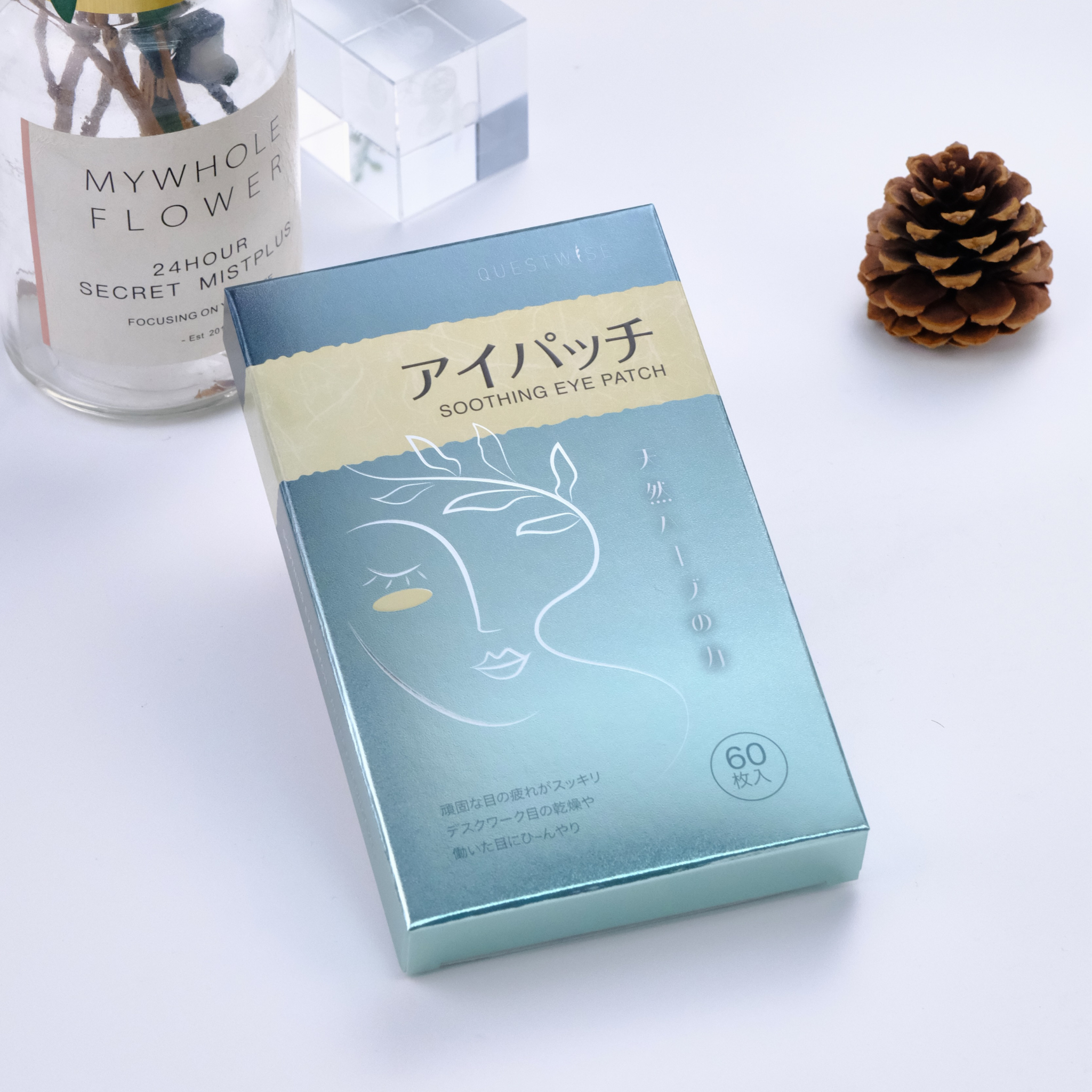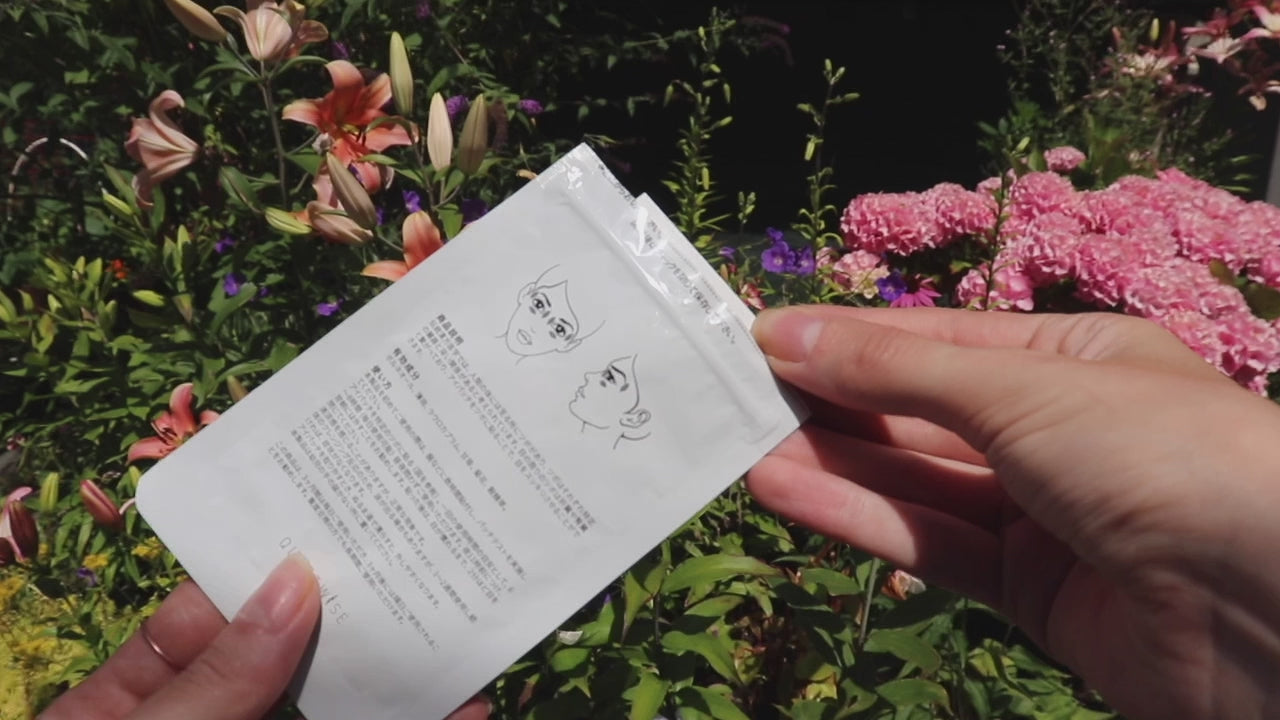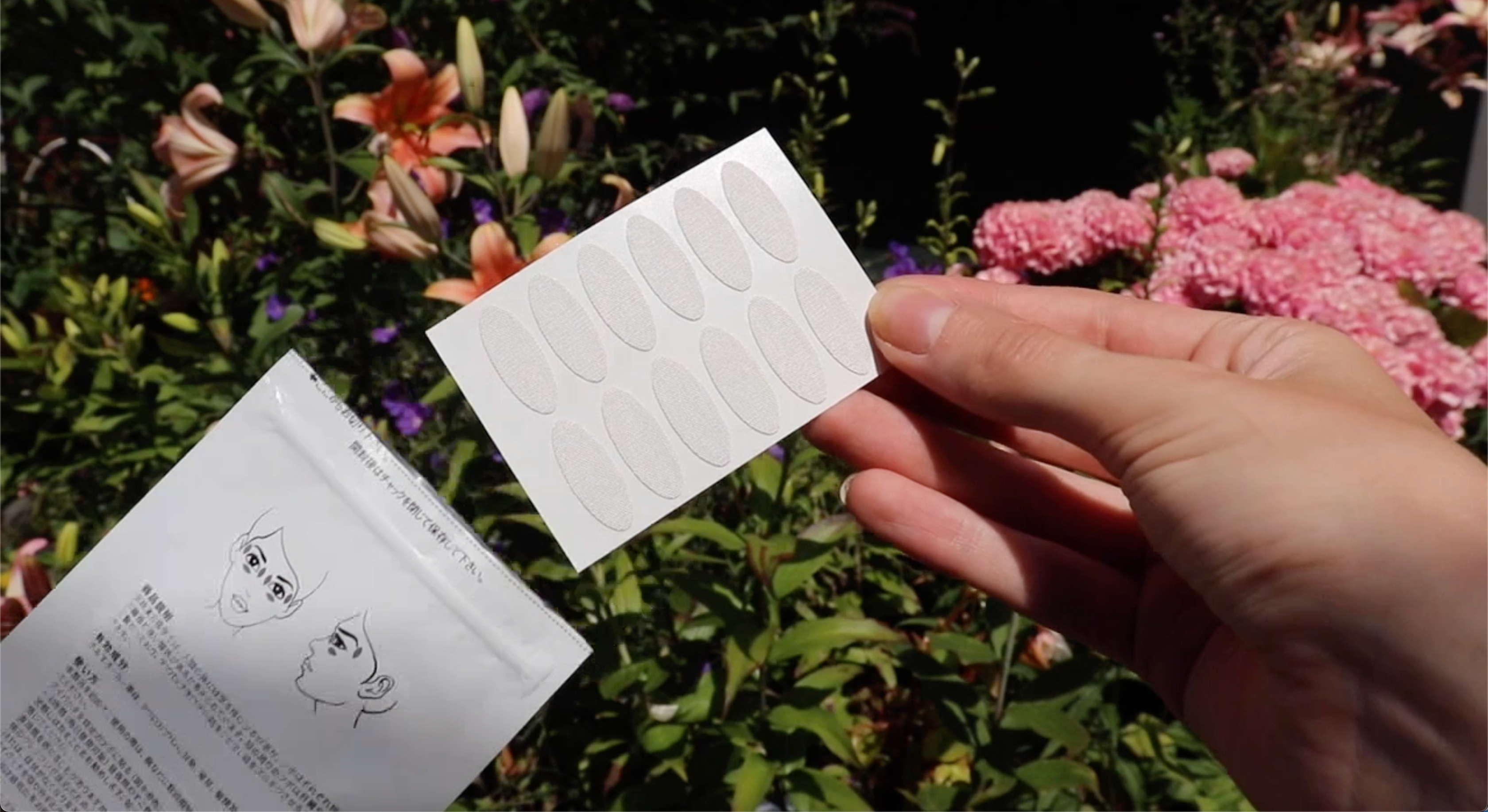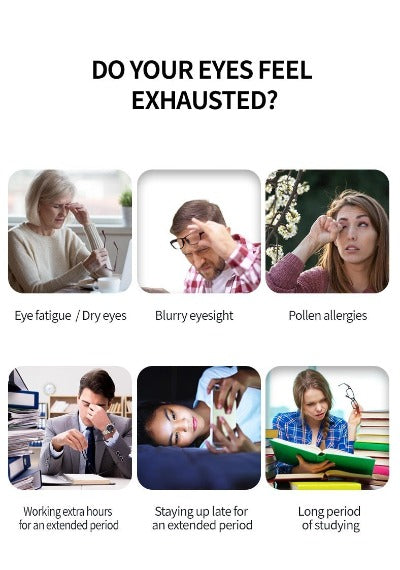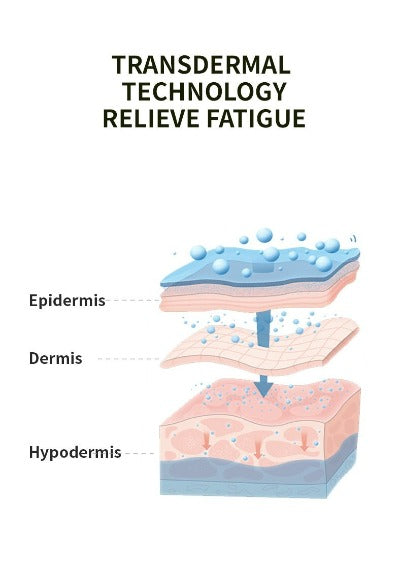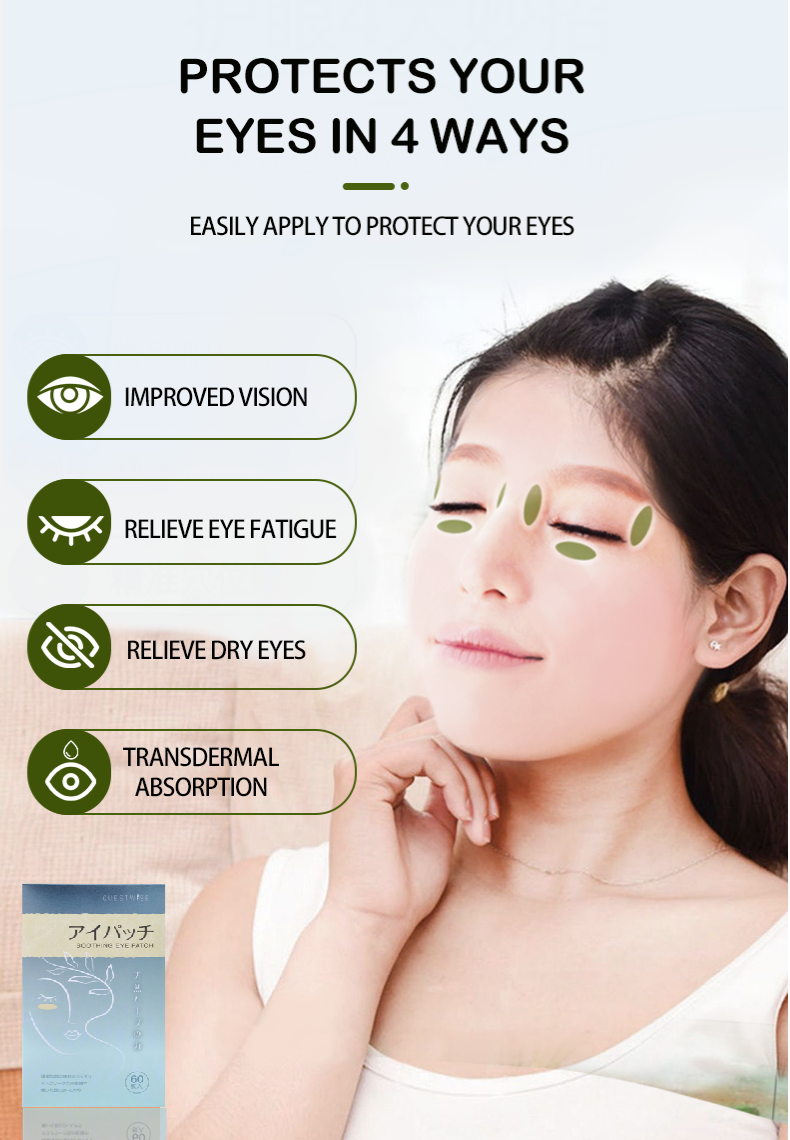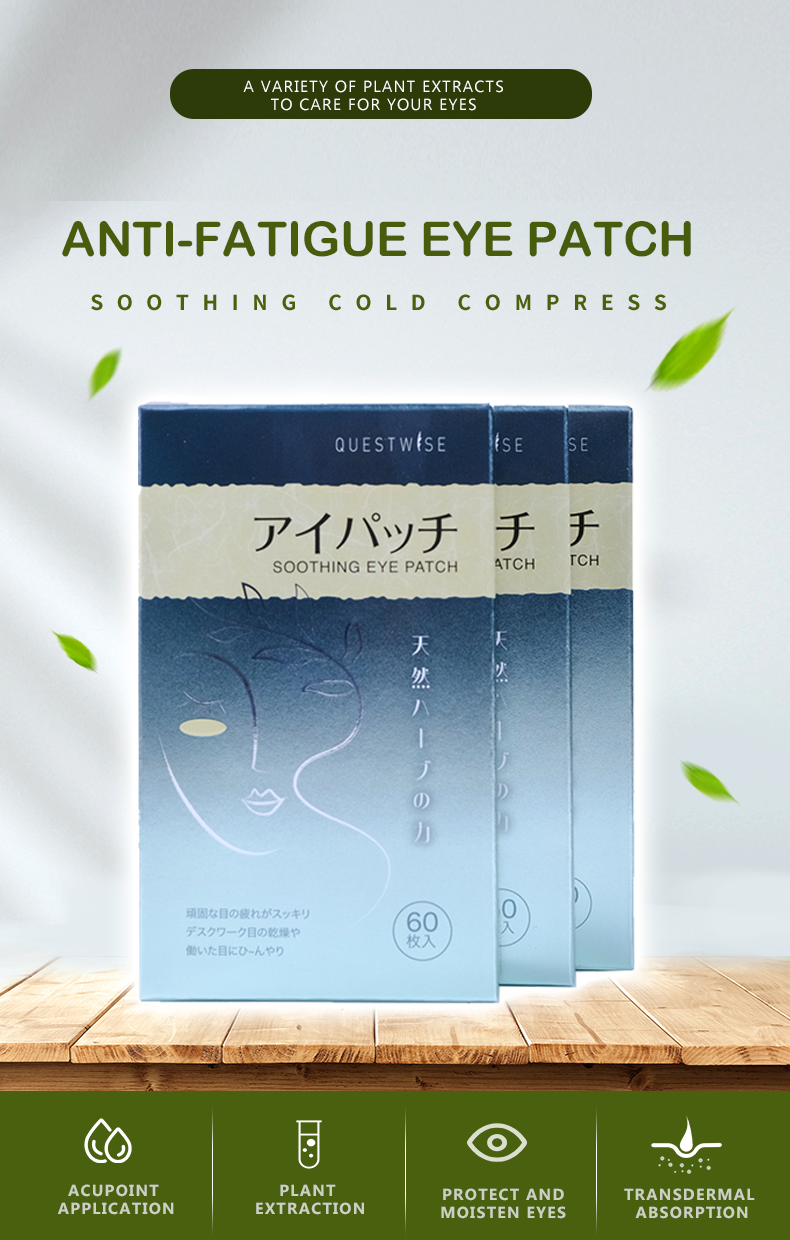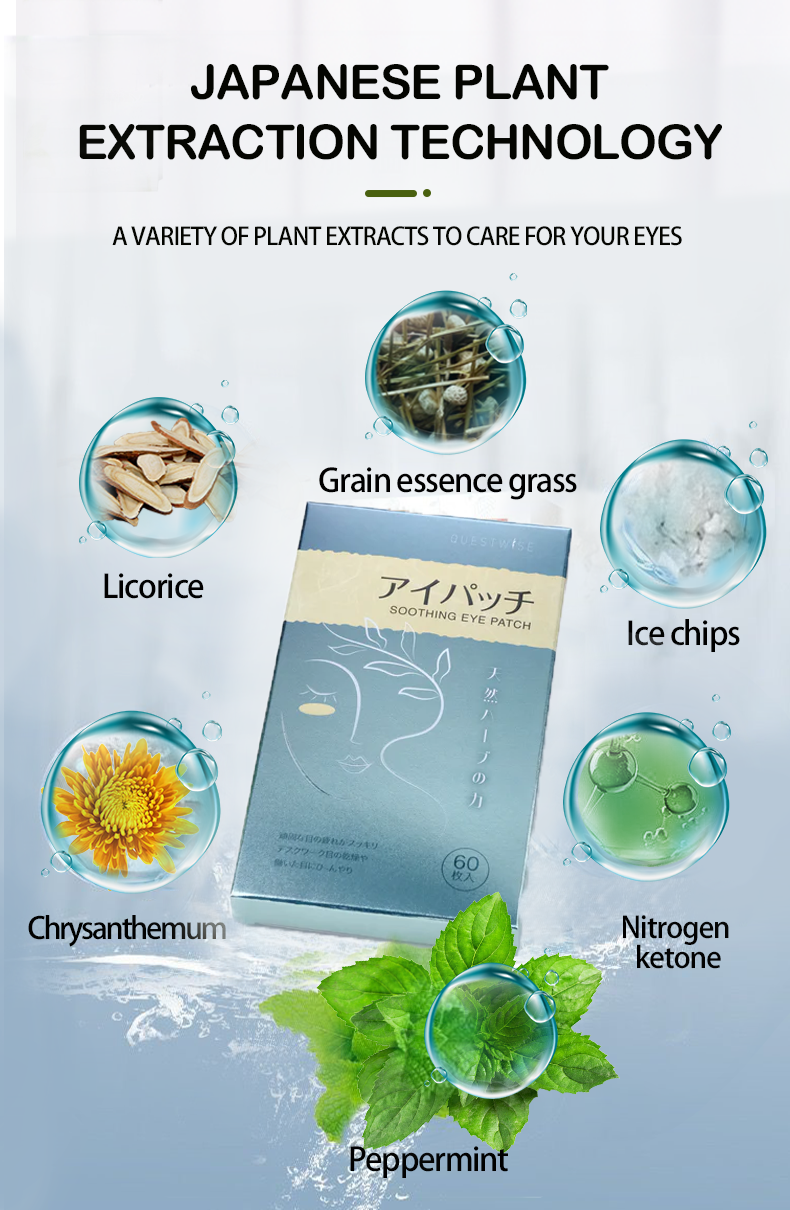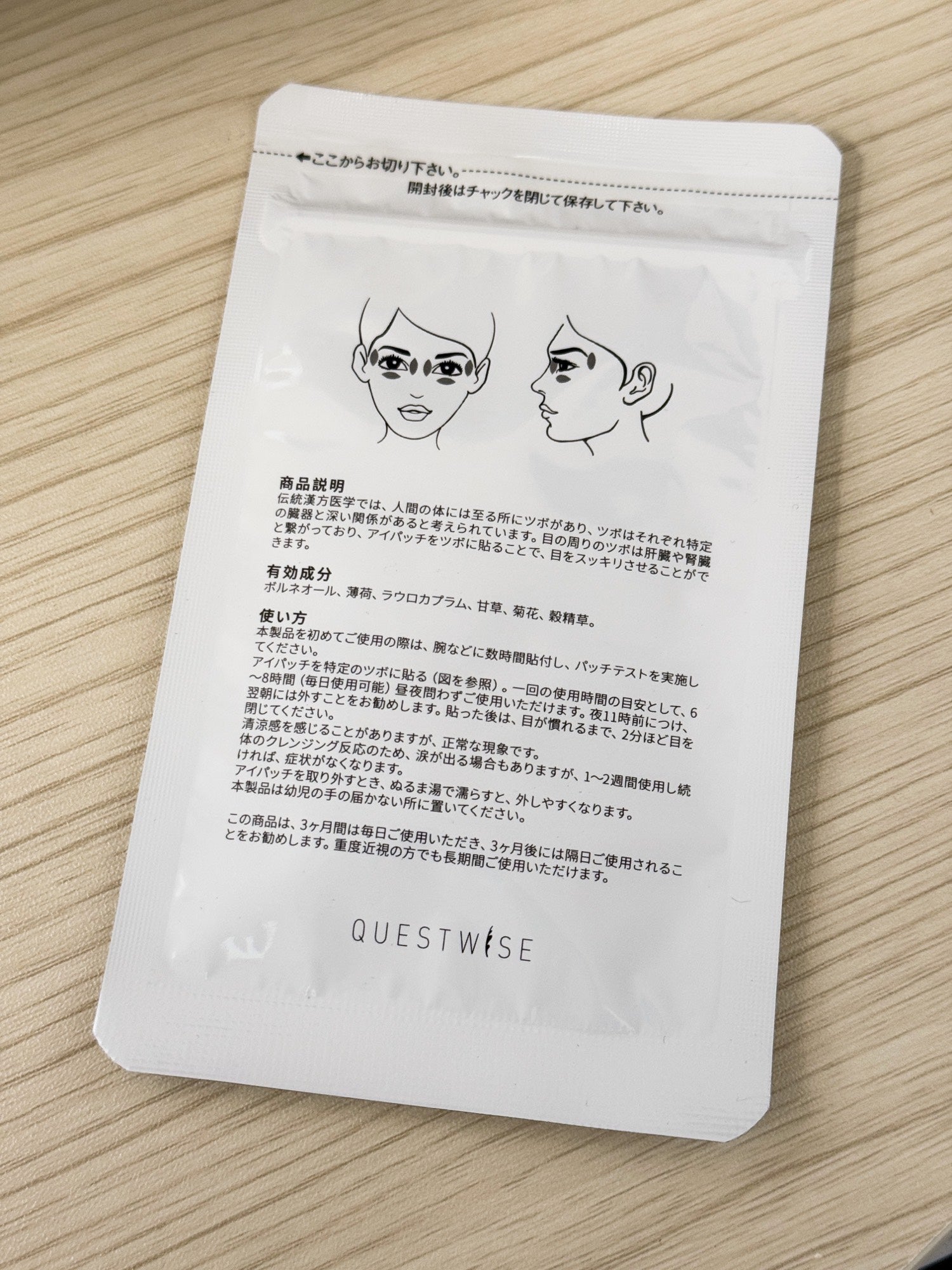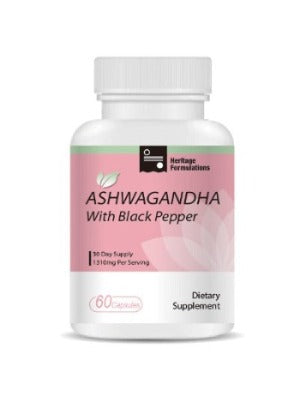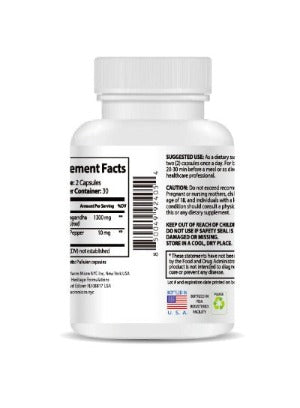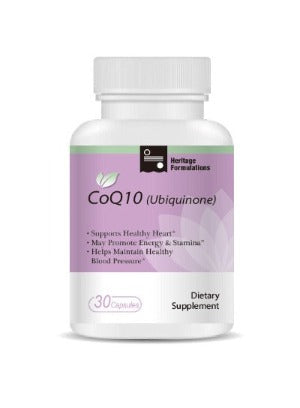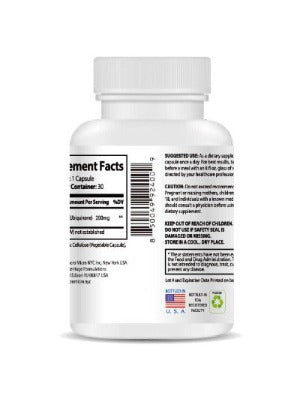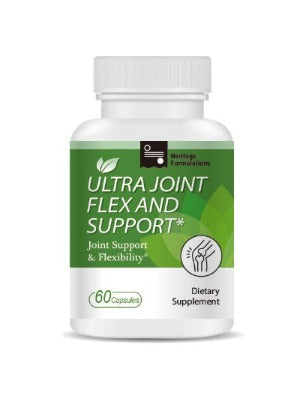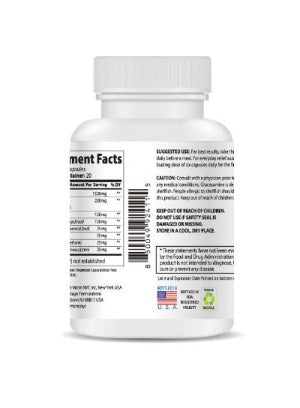Is it just me, or does it feel like our lives are lived through screens? From the moment we wake up and check our phones to the late-night binge-watching sessions, our eyes are constantly on. If you're a contact lens wearer, you might have noticed this digital lifestyle comes with a hidden cost: dry, irritated, and tired eyes.
You're not imagining things. Contact lens users are at a significantly higher risk of experiencing dry eye syndrome, a condition that can make every moment in front of a screen feel like a struggle. In fact, some studies suggest the risk can be four times higher than for people who don't wear contact lenses. So, why are your contacts and your digital life creating this perfect storm of discomfort? Let's dive in.
Understanding the Digital Deluge: How Screens Impact Your Eyes
Before we get to contact lenses, let's understand the fundamental problem. Staring at a screen for extended periods is a relatively new challenge for our ancient visual system. Our eyes are not designed for this.
When you're deeply engrossed in an email, a video game, or a social media feed, something subtle but significant happens: you blink less often. A normal blink rate is about 15-20 times per minute. When you're focused on a screen, this can drop to as low as 5-7 times per minute.
What does a blink do? It's like a windshield wiper for your eyes. Each blink spreads a fresh, protective layer of tears across your cornea. This tear film is essential for keeping your eyes lubricated, nourished, and free from debris. When you blink less, this tear film evaporates more quickly, leaving your eyes exposed and susceptible to irritation. This is a primary cause of what's known as Computer Vision Syndrome (CVS) or Digital Eye Strain.
The Perfect Storm: Why Contact Lenses Make Dry Eye Worse
Now, let's add contact lenses to the equation. Think of a contact lens as a thin, sophisticated film that rests directly on your cornea. While modern lenses are designed to be highly breathable and comfortable, they fundamentally change the dynamics of your eye's natural lubrication system.
Here's why contact lens wearers are so vulnerable:
-
Obstruction of the Tear Film: A contact lens sits between your eyelid and the surface of your eye. It can physically disrupt the natural flow and distribution of your tear film. Tears have to work harder to get underneath and over the lens to keep the entire surface lubricated.
-
Increased Evaporation: Even the most advanced lenses can increase the rate at which your tear film evaporates. The surface of the lens itself can be a point of evaporation, especially in dry environments like air-conditioned offices.
-
Decreased Oxygen Flow: While a major leap forward from older lenses, even modern lenses slightly reduce the amount of oxygen reaching your cornea. A lack of oxygen can lead to a state called corneal hypoxia, which can stress your eye and contribute to discomfort and a feeling of dryness.
-
Microscopic Friction: Every time you blink, your eyelid glides over the surface of the contact lens. This subtle, constant friction can, over time, lead to minor irritation and inflammation, which are key players in the dry eye cycle.
Combine these factors with the reduced blink rate from screen time, and you have a recipe for chronic eye discomfort. It's a double whammy: your natural tear film is already compromised by the presence of a contact lens, and your digital habits are preventing your eyes from replenishing that moisture.
Practical Solutions for Soothing and Protecting Your Eyes
The good news is that you don't have to choose between a comfortable life and a digital one. By adopting a few simple, proactive strategies, you can significantly reduce dry eye symptoms and keep your eyes feeling fresh.
1. The 20-20-20 Rule: The Digital Lifesaver
This is the golden rule of managing digital eye strain. Every 20 minutes, look at something 20 feet away for at least 20 seconds. This simple act forces your eye muscles to relax and your focus to shift, giving your eyes a much-needed break from the intense, near-focus work of a screen. It also reminds you to blink more frequently.
2. Optimize Your Workspace: The Environment Matters
Small changes to your desk setup can make a big difference.
-
Position Your Monitor: Your screen should be slightly below eye level and about an arm's length away. This positioning encourages a natural downward gaze, which reduces the width of your eye opening and slows tear evaporation.
-
Control the Glare: Use an anti-glare screen filter or adjust your screen's brightness and contrast to a comfortable level. Position your monitor away from direct light sources like windows or bright overhead lights to minimize reflections.
-
Manage Humidity: Air-conditioned or heated environments can be very dry. Consider using a humidifier in your office or home to add moisture to the air. This helps prevent your tear film from evaporating too quickly.
3. Choose the Right Lenses: Not All Contacts Are Equal
If you're experiencing chronic dry eye, it might be time to talk to your optometrist about your contact lenses.
-
Consider a Different Material: Some newer lens materials, like silicone hydrogels, are designed for higher oxygen permeability. Your eye doctor may also recommend lenses specifically designed for dry eye sufferers.
-
Explore Daily Disposables: Switching to daily disposable lenses can be a game-changer. A fresh lens every day means less buildup of proteins and debris, which can contribute to irritation and dry eye symptoms.
4. Hydration and Nutrition: Fuel Your Eyes from WithinYour eyes need hydration and nutrients to function optimally.
-
Drink More Water: It sounds obvious, but dehydration affects your entire body, including your tear production. Make sure you're drinking enough water throughout the day.
-
Eat Your Oily Fish: Foods rich in omega-3 fatty acids, like salmon, tuna, and flaxseed, are known to support the health of the meibomian glands, which produce the oily layer of your tear film. This oily layer is crucial for preventing tears from evaporating too quickly.
Exploring Natural Relief: A Holistic Approach to Eye Care
Beyond lifestyle changes, many people find relief in natural, soothing remedies. Modern life and screen time can put a significant strain on our eyes, leading to symptoms like dryness, fatigue, and general discomfort. In a world of synthetic solutions, the ancient wisdom of natural ingredients offers a compelling alternative for daily eye care.
Natural ingredients can be a cornerstone of a proactive eye care routine. They are often chosen for their gentle properties and the way they work in harmony with the body's natural processes. For example, ingredients like traditional herbal extracts have been used for centuries to calm inflammation and support overall eye health.
The appeal of these natural-based products lies in their focus on gentle, non-invasive relief. They aim to soothe and refresh without introducing harsh chemicals or artificial additives. This approach aligns with a desire for holistic wellness, where the goal is to support the body's natural ability to heal and restore itself. By incorporating these products into your daily routine, you can provide your tired eyes with a moment of calm and relief, especially after a long day of digital exposure.
Your Questions Answered: Dry Eye & Digital Life
Q1: I wear contact lenses. Can I still use eye drops for dry eyes?
A: Yes, but it's crucial to use the right kind. Only use rewetting drops that are specifically labeled as "safe for use with contact lenses." Avoid redness-relieving drops, as they can cause rebound redness and contain ingredients that can build up on your lenses. For more severe dryness, your eye doctor might recommend a preservative-free artificial tear solution. Always remove your lenses before using any medicated eye drops.
Q2: How do I know if my dry eyes are due to screen time or my contact lenses?
A: It's likely a combination of both. A good way to tell is to observe your symptoms. Do they feel worse at the end of a long workday or after an evening of watching TV? This points to digital eye strain. Do your eyes feel dry and irritated as soon as you put your lenses in, regardless of screen use? This might suggest a lens material or fit issue. The best approach is to talk to your optometrist, who can perform a comprehensive dry eye evaluation.
Q3: Will taking a break from my contacts help with my dry eye symptoms?
A: Absolutely. Giving your eyes a break from contact lenses is one of the most effective ways to manage dry eye. On weekends or evenings, consider wearing glasses instead. This allows your cornea to "breathe" more freely and gives your tear film a chance to stabilize and replenish without the obstruction of a lens.
Q4: Can dry eye syndrome cause permanent damage?
A: In most cases, dry eye related to screen time and contact lens use is a manageable, chronic condition that doesn't cause permanent damage. However, if left untreated, severe dry eye can lead to complications such as corneal abrasions, ulcers, and an increased risk of eye infections. This is why it's so important to address your symptoms early and consult an eye care professional.
Q5: I've tried everything, but my eyes are still dry and tired. What's my next step?
A: If at-home remedies and lifestyle changes aren't providing relief, it's time to see a professional. An optometrist or ophthalmologist can conduct a thorough dry eye assessment to identify the underlying cause. They might recommend prescription eye drops, specialized procedures to treat the meibomian glands, or other advanced treatments tailored to your specific condition. Don't suffer in silence—there are many effective solutions available.


